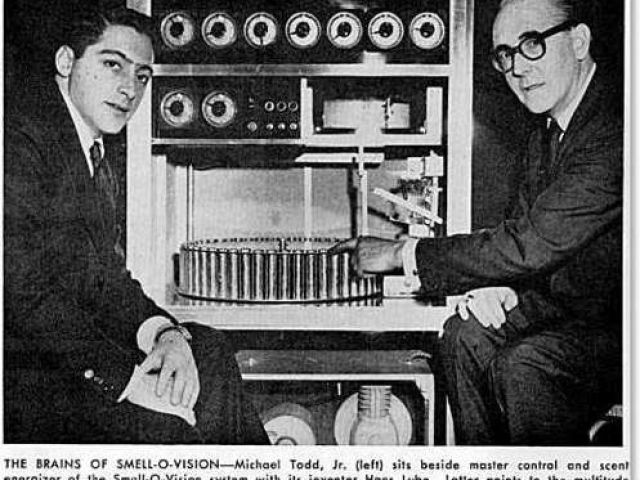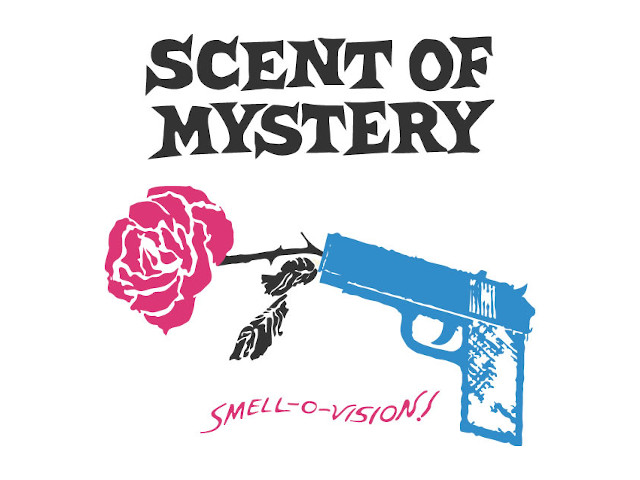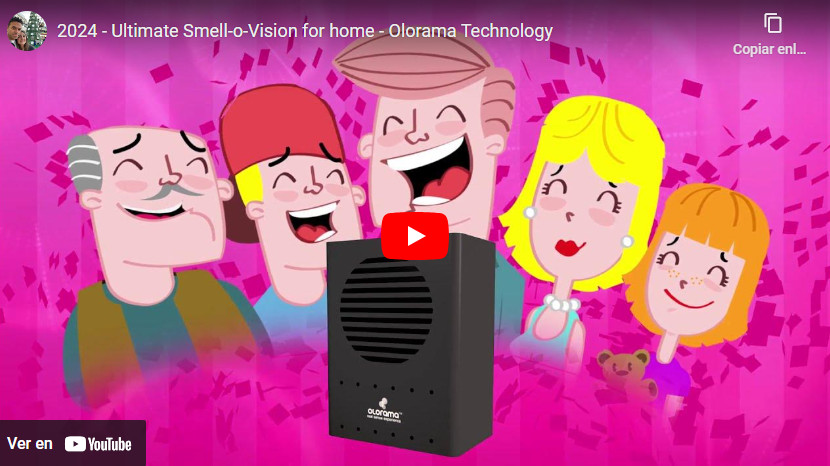Smell-O-Vision revolutionized cinema by allowing audiences to experience movies not only visually and aurally but also through scent. Introduced in the mid-20th century, this unique smell-o-vision technology aimed to make film scenes more immersive by synchronizing specific smells with key moments on screen.
From its debut at the 1939 New York World’s Fair to its big-screen experiment in the movie Scent of Mystery, Smell-O-Vision captured public imagination and paved the way for today’s scent technologies. In this article, we explore the history, impact, and evolution of smell-o-vision TV, movie smell effects, and how modern innovations continue to bring this visionary concept to life in 2025.
Index
What is Smellovision?
How did Smell-o-Vision work?
What was Scent of mystery movie?
Public opinion on Smell-O-Vision
Further attempts
Smell-o-Vision today (2025)
What is Smell-O-vision?
Smell-O-Vision was the first “serious attempt” to bring smell-o-vision technology into films. The creators, Mike Todd Jr. and Hans Laube, designed a system that could activate smells at certain moments in the film. The inventors envisioned that there could be nothing more realistic than connecting with Hollywood stars by the smell of their perfume or deodorant. Bringing smell into cinemas created a world of new possibilities for moviegoers. The smell-o-vision system was first shown to the public at the New York World’s Fair in 1939.


How did Smell-O-Vision work?
What was important in smell-o-vision technology was that, for the first time, the smells were synchronized with specific scenes. For example, if the protagonist smoked a pipe, the smell-o-vision system would release the smell of pipe smoke directly from the seat of the viewer. The system relied on what its creator called the “Smell Brain,” a complex machine containing various scents that were manually activated in key scenes. This early smell-o-vision technology was powered by compressed air, which made it rather noisy.
What was the scent of mystery?
When the smell-o-vision system was first introduced in 1939, it had limited success. However, in 1960, producer Michael Todd Jr. took a serious gamble on the concept by creating the film Scent of Mystery. The movie was filmed in Spain, specifically in Malaga, and some of the smells audiences could enjoy included roses (though incense might have fit better in a monastery scene) and the perfume of the leading lady.
The film’s advertising campaign used the slogan, “First they moved (1895)! Then they talked (1927)! Now they smell (1960)!” The concept generated a lot of media attention, and Scent of Mystery became the first smell-o-vision movie in history.
First they moved (1895)! Then they talked (1927)! Now they smell (1960)!
Public opinion on Smell-O-Vision
Public opinions about Smell-O-Vision were mixed following the screening of Scent of Mystery. A drawback was that spectators seated in the boxes received the smell much later than those seated closer to the screen. Although smell-o-vision technology was far from perfect, it was a notable achievement given the technology of the 1960s. Overall, audiences viewed the experience as positive. Later, the BBC aired a humorous segment where a professor claimed to have developed “smellovision” for home use, testing it live with scents of chopped onions and brewed coffee. Amazingly, viewers called in, claiming they could actually smell those aromas from home!
Further attempts
Subsequently, scratch-and-sniff technology became a popular, simpler version of smell-o-vision. For instance, MTV distributed scratch-and-sniff cards for the 1981 movie Polyester, and the same technology was later used for the animated film Rugrats Go Wild in 2003. Later, the company Digiscents imitated smell-o-vision by developing a personal smell synthesizer that promised to release scents through the internet, bringing smell-o-vision technology to a digital audience.
Smell-O-Vision today (2025): Olorama Technology
Today, Smell-O-Vision technology has evolved with the help of Olorama Technology, whose professional scent generators make it possible to integrate smells into cinemas or even homes. What Laube and Todd envisioned has now become a practical reality, with Olorama successfully implementing a reliable smell-o-vision system. In 2025, Olorama Digital Smell Technology brings Smell-O-Vision to modern audiences, adding a new dimension to today’s cinematic experiences.

Scented Home Cinema



